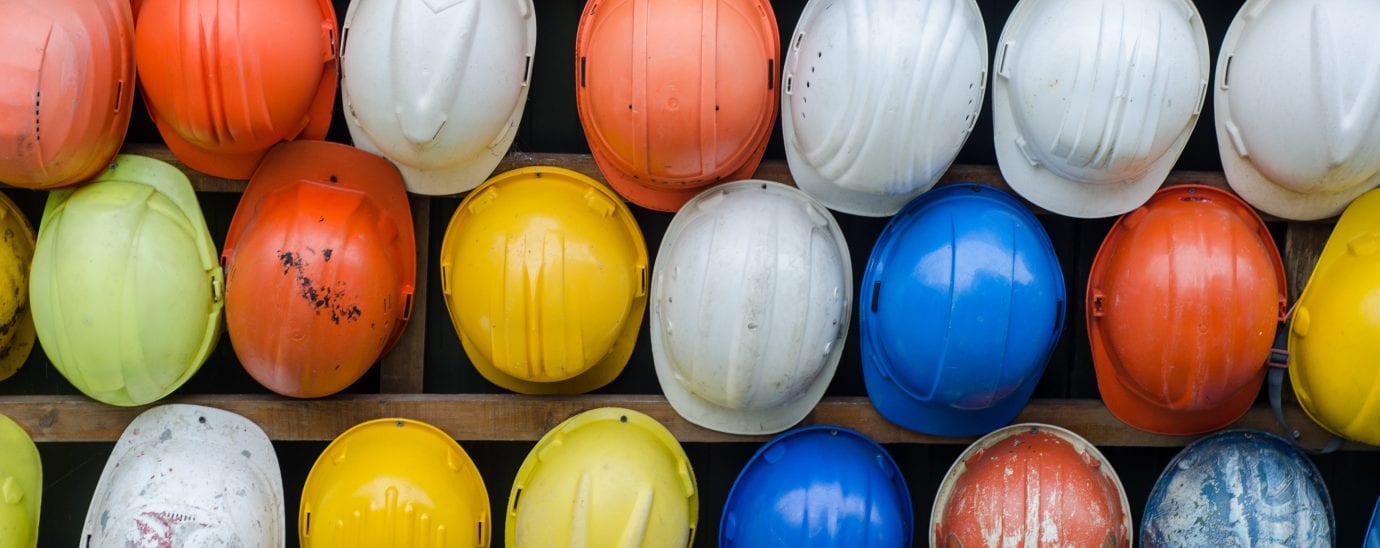How is digital construction improving safety and sustainability within the building sector?

The construction industry as we know it is changing – recent events have forced the industry to sit up and rethink the safety, efficiency and accountability of its practices. Climate change also remains a pressing issue, with construction responsible for around 40% of all CO2 emissions. But what role does digital construction play in overcoming these issues and why should this new approach be received with open arms? Richard Waterhouse from NBS explains the impact digital construction is having on safety and sustainability.
It’s no secret that recent events around building safety have shaken the construction industry to its core. Even now, we’re still feeling its impact – the Government are spending billions to remove unsafe cladding from high-rise structures. But whilst this is a step in the right direction in terms of user safety, these actions fail to address a bigger issue, that safer processes need to be in place throughout all stages of the construction journey.
Similarly, the construction industry needs to address the environmental impact of its working practices. Without major changes, it could find itself in deep water if CO2 emissions aren’t radically reduced. Thankfully, the rise in digital adoption is helping to overcome these issues for a safer, cleaner and greener future.
Going for gold
The advice on these topics couldn’t be clearer; the industry must rethink its practices and be prepared for a complete system overhaul if it’s to make progress. Dame Judith Hackitt, who is spearheading the campaign for increased levels of safety and compliance, has spoken in great detail of her vision for achieving the ‘Golden Thread of Information’. That is a traceable and trackable digital record of the entire decision-making process, from start to finish. In turn, the industry will become more transparent in its building practices – an area that needs significant improvement.
Whilst digital record-keeping seems an obvious next step, implementing these changes will require a seismic shift in mindset from all built environment professionals. Not so easy in a sector known for dragging its heels when it comes to change. But if implemented with gusto, it can bring huge benefits to the wider industry, particularly for commercial building developers and building owners.
With the introduction of stricter legislation, alongside the new Building Safety Regulator, it means that serious legal ramifications will be felt if industry best practice isn’t adhered to. It’s no longer enough to say protocol has been followed, there needs to be a record to prove it. The adoption of digital technology can help demonstrate compliance, driving up build quality and encouraging industry best practices.
Digital technology: Connecting the dots
But digital technology within construction is expanding much further and wider than just record-keeping, it’s helping to connect the dots between architects and building product manufacturers, in a much more collaborative way.
Detailed specification data, the information that makes up the DNA of a building, can now be accessed instantly through online cloud-based platforms, giving architects the information they need to make well-informed decisions. From a safety and sustainability perspective, it means that building designers have access to the latest product specs at the touch of a button, giving them peace of mind that they’ve chosen the safest and greenest product possible.
Detailed ‘digital twins’ are also improving the way in which buildings are constructed. These digital replicas contain blueprints of previous structures which are helping to enhance the lifecycle of building information, allowing architects to make more data-driven decisions. Predictive capabilities within emerging software can also reduce risk through the use of machine learning and artificial intelligence. BIM software (Building Information Modelling) is another way in which architects can ‘digitally build’ a structure before a spade hits the ground. This is minimising risk, reducing mistakes and ultimately shortening the construction journey for a less energy-intensive process overall.
Improving lines of communication
‘Digital’ has also opened the door for greater levels of communication throughout the entire construction process – messaging and updates can now be instantaneous, removing the traditional approach of calls and emails – where crucial information can easily get lost or misplaced. This is a huge time saver on both sides, for architects it allows them to find the specification information quickly and efficiently, whilst for manufacturers, it saves time on the back and forth of enquiries each day. An added benefit is that manufacturers can be sure that the information supplied was correct and up to date before it makes its way into a final build.
READ MORE
- Overcoming SaaS chaos: how to pave the way for the future of work
- Many organisations get cloud migration wrong. Here’s how to get it right
- Wealth management industry leads way with AI technologies
- Founder Feature: Neil Purcell, founder and CEO, Talent Works
Continue the momentum
Whilst the uptake of digital adoption is well underway, the industry still has some way to go before it can achieve acceptable levels of safety and sustainability. Yet as we’ve seen in the wake of the pandemic, which forced the industry to look beyond its tried and tested practices, digital technology is paving the way for a new era in housebuilding. We’ve already seen its potential to drive up safety standards, minimise risk, lower CO2 emissions and improve the efficiency at which developments are completed. What needs to happen next is that the industry should continue this digital drive and consider other areas for improvement, such as the planning procurement process which remains outdated or next-generation 5-D modelling which can help us raise the bar on safety and sustainability even higher.
For more news from Top Business Tech, don’t forget to subscribe to our daily bulletin!
